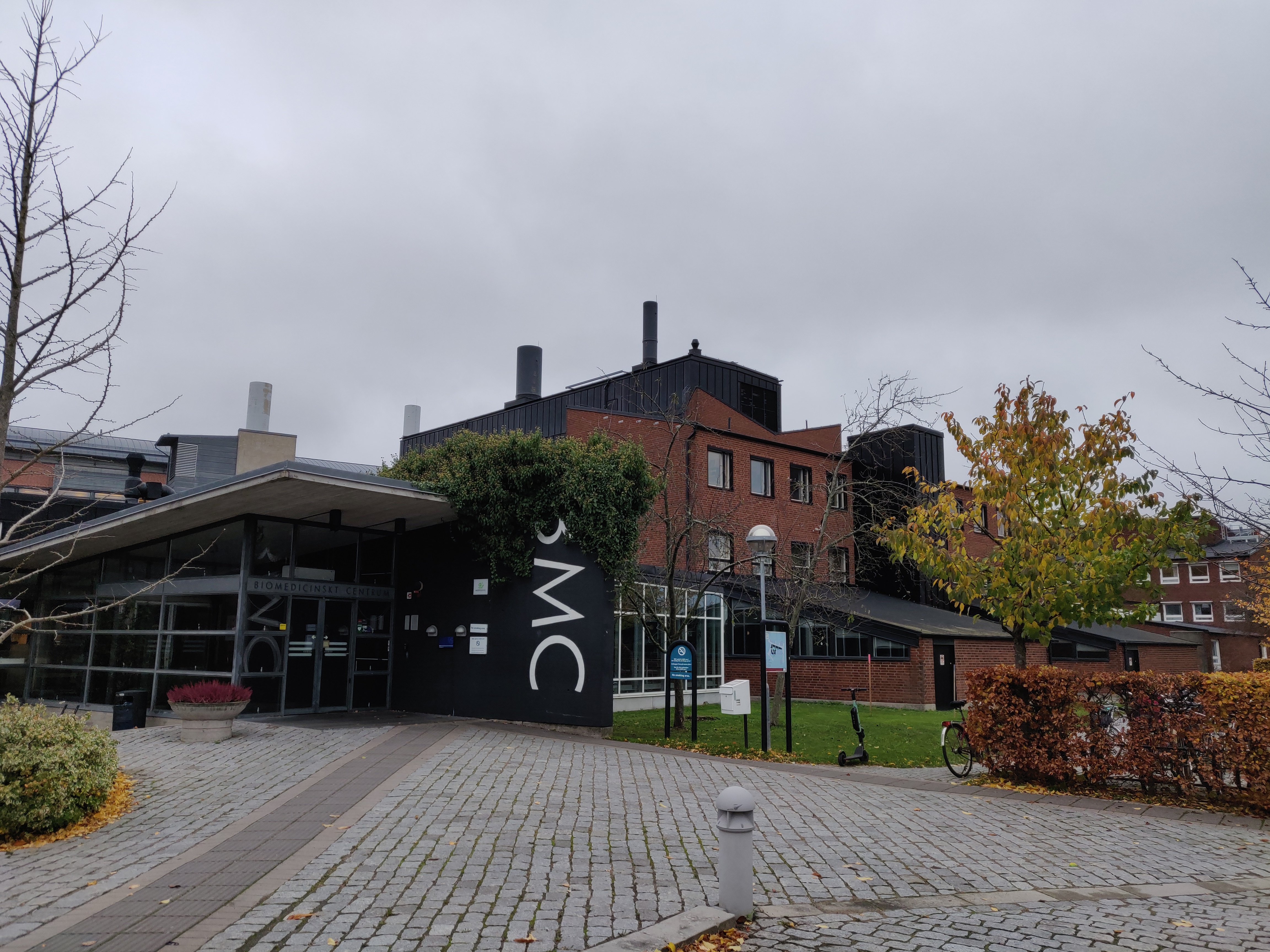
Mapping Group A Streptococcus pyogenes and human plasma protein interactions
Why Group A Streptococcus pyogenes?
Group A Streptococcus pyogenes(GAS) is a human specific bacterium; causing diverse effects in humans ranging from localized infections to invasive infections. GAS is known to cause sore throat/ pharyngitis but it can also cause life threatening and serious effects in humans when it enters the blood stream. One of the serious manifestations of an invasive GAS infection is sepsis.
In order to fight any invasive bacteria, the human immune cells release chemicals into the blood stream to control the progression of infection. But, sometimes the body’s response to these chemicals during an infection (also in case of GAS infection) goes out of control thus leading to inflammation of various body parts resulting in sepsis. Severe sepsis can lead to septic shock where the human circulatory system is affected thereby causing an abnormal drop in blood pressure and leading to death of the individual.
According to a study published in Lancet ( https://www.thelancet.com/journals/lancet/article/PIIS0140-6736(19)32989-7/fulltext) globally 48.9 million people suffer from sepsis and around 11 million die from sepsis which is nearly 1 out of 5 deaths. So, sepsis should be considered as a serious disease threatening mankind just like any other disease like cancer.
Facts about GAS:
The major virulence factor of GAS is M protein. M protein is a surface protein covalently attached to the bacterial surface and extending about 500Å into the extra-bacterial surface. It is arranged in parallel alpha helical form thus giving rise to a dense coat outside the bacteria. Sometimes the M protein are also released from the bacterial surface. M proteins have a hyper variable region which results into different versions of M proteins thus giving rise to different serotypes of GAS. Based on the different M proteins till date nearly 220 serotypes of GAS have been reported.
My role
I am pursuing my research at the Biomedical Centre (BMC) of Lund University at Johan Malmströms group. My PhD project is based on this deadly human pathogen. In my project I am trying to answer a question as to what facilitates the survival of these bacteria in the human blood?As proteins are building blocks of all living organisms therefore to understand how the bacteria survives and therefore cause the infection in human I focus on understanding the protein interactions between these M proteins and human plasma. The major technique I am using to achieve my goal is Mass spectroscopy. Mass spectrometry is an instrument that is widely used to identify proteins in any sample of interest.As said earlier there are different versions of M protein giving rise to different GAS serotypes, so I have selected few M proteins. I have expressed these proteins as recombinant version and purified them. The purification of these recombinant M proteins was carried out in Oslo during my secondment at Dirk Linke’s lab in early 2019.To understand the interaction with human proteins I am using these recombinant M proteins for pull down experiments. After the pull-down experiments the interacting complex are analysed by Mass spectrometry.

Biomedical Centre (BMC) -Lund University
Public Outreach:
We had one Bachelor and one Master student visiting our lab in early February 2020. The students were in the lab for a week. I have been guiding them and helping them perform pulldown experiments, prepare samples for mass spectrometry and demonstrating the mass spectrometry and it’s function. I also had a presentation last week at our department; where I was talking about my project to people from different groups of our department.
Lund has a beautiful cathedral at the city centre – Lunds Domkyrka.There are some beaches close to Lund as well. Here are some of the pictures during my visit to look at, till you enjoy them yourself when you are at Lund in May.
Looking forward to the visit of ViBrANT team to Lund in May!!

Lunds Domkyrka

Malmo Beach
